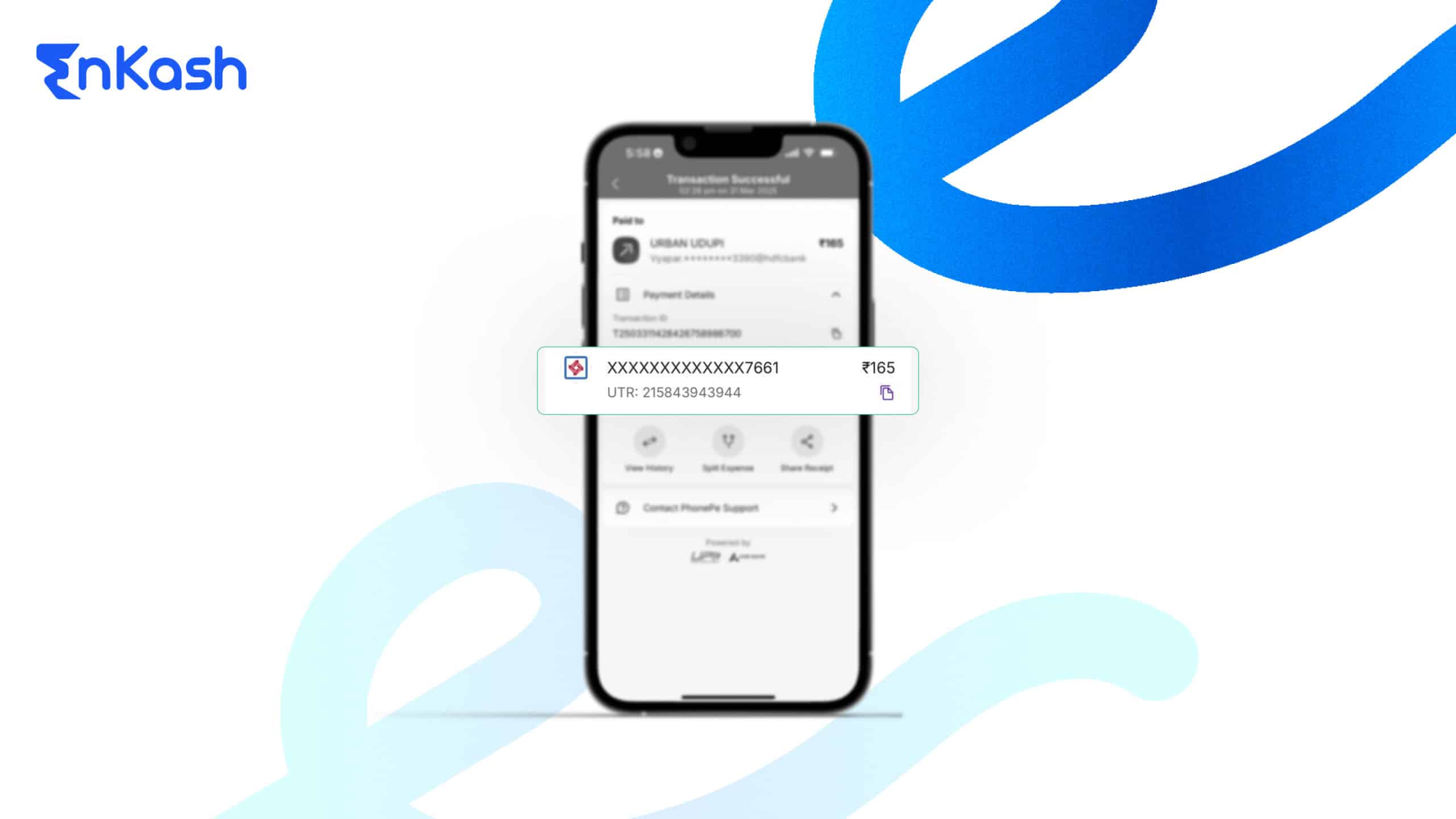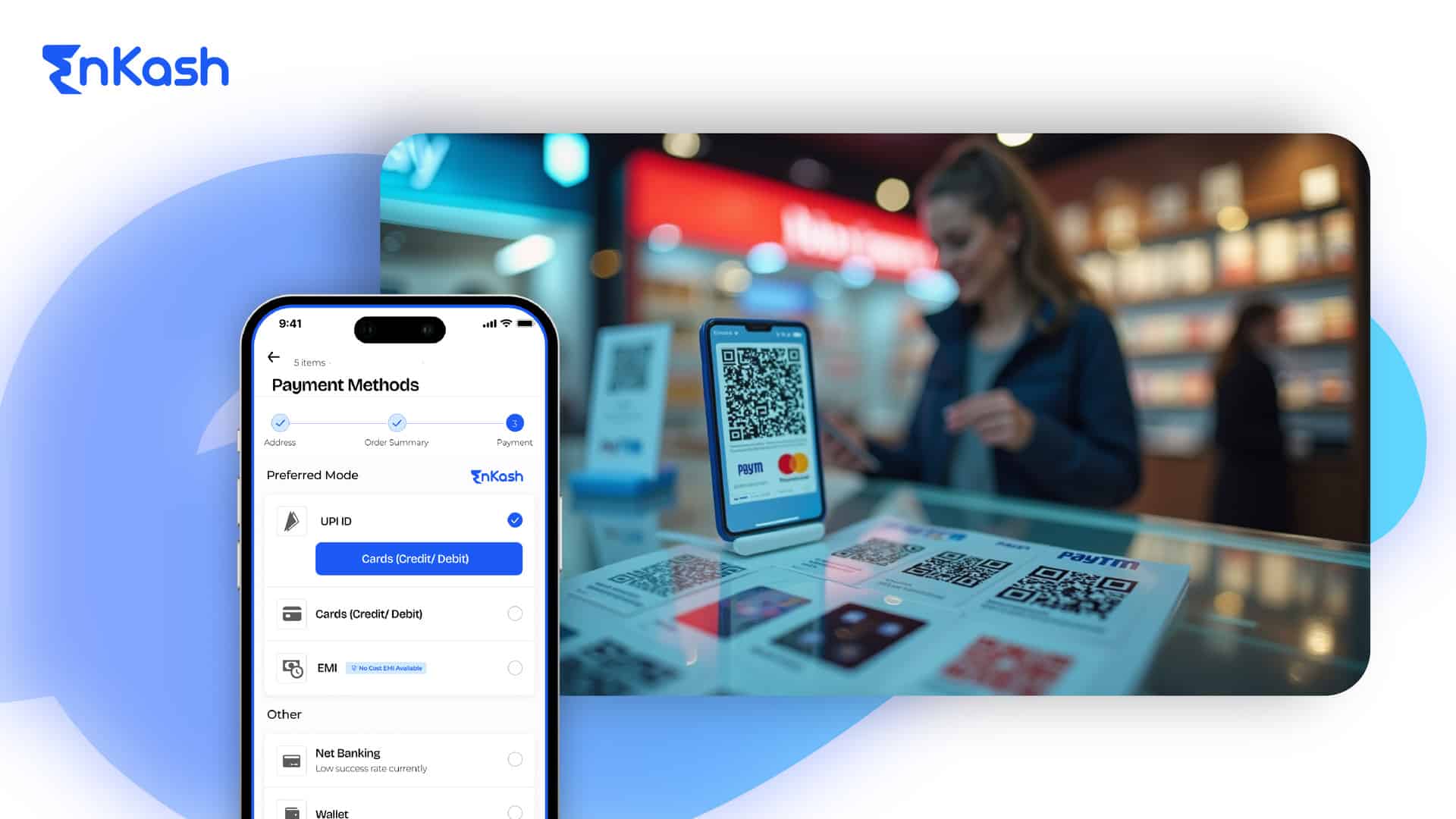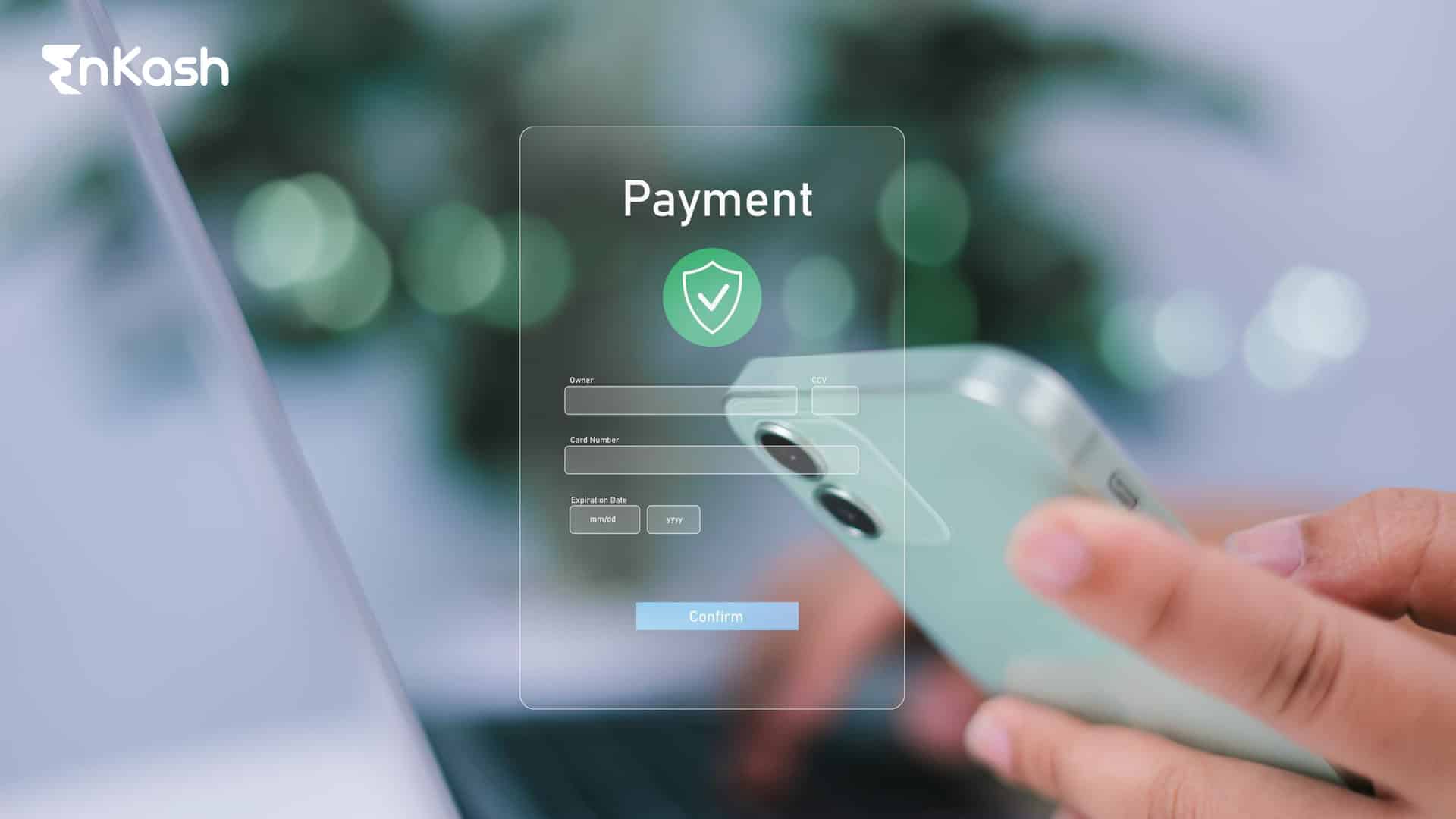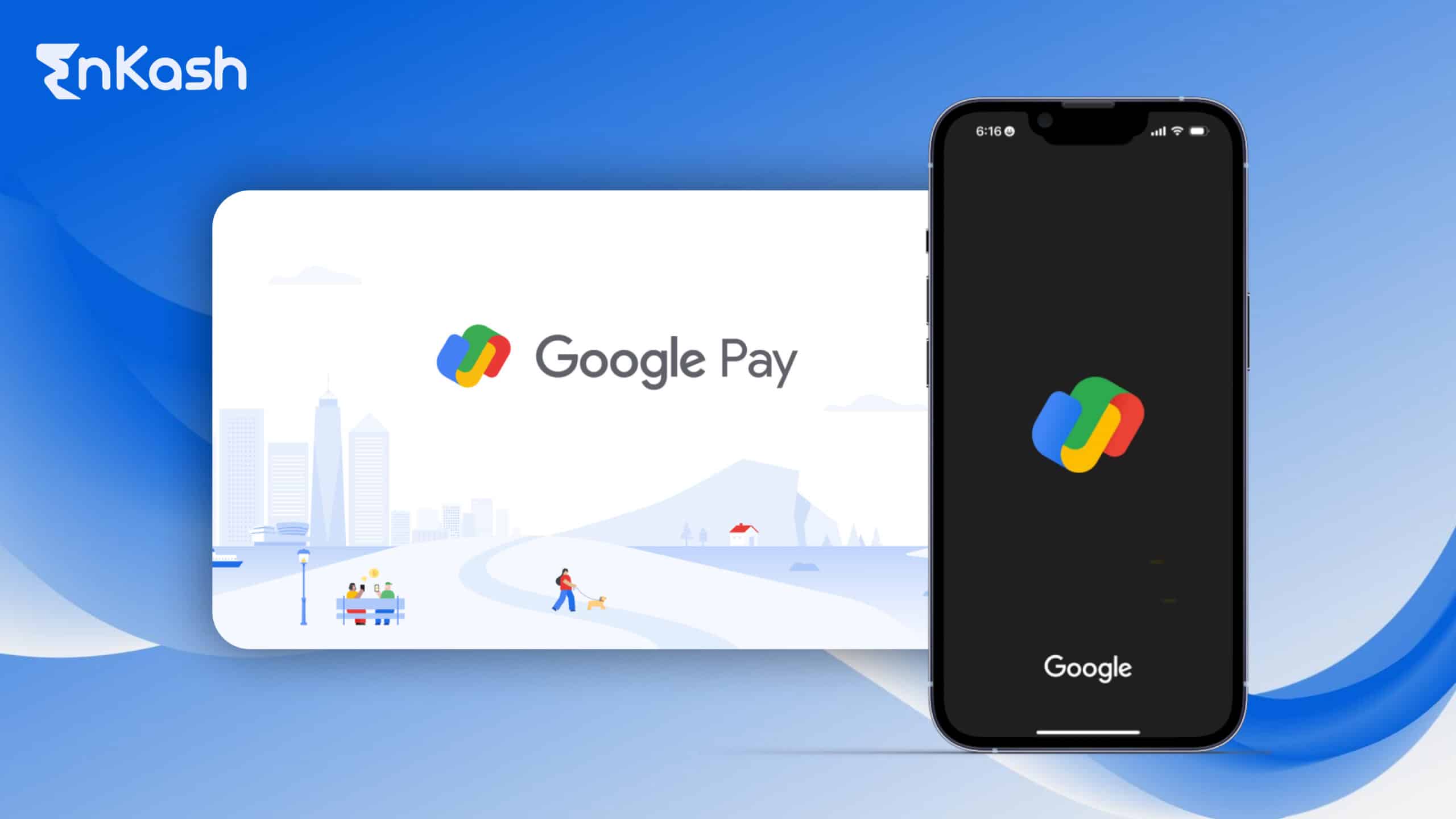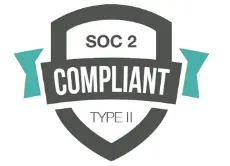Ever transferred money online and seen a long code linked to the transaction? That’s the UTR number. It stands for Unique Transaction Reference and helps trace your money when it moves between two bank accounts. In simple terms, the UTR number is a special tracking code for every digital fund transfer.
When you send money using methods like bank-to-bank transfer, the bank generates this reference code. It helps banks and users track the exact status of that transaction. Think of it as a digital receipt number that is permanent, accurate, and traceable.
Say you transfer money to someone using internet banking or a mobile app. The transaction won’t just vanish into thin air. This UTR reference number gets saved in your account records. If something goes wrong, you can use it to raise a query or complaint.
This number becomes especially important when money is deducted from your account but hasn’t reached the other person. Without the UTR number, following up with banks becomes tough. That’s why it’s always a good idea to save or copy this number once a transaction is done.
UTR Number Structure, Examples, & Formats You Should Know
Now that we know what is UTR number, let’s understand how it looks and why its format matters.
The UTR number format is not the same for every type of payment. It changes based on how the transaction was made, whether through a bank transfer, a mobile app, or real-time settlement. Here’s a breakdown:
1. NEFT UTR Number
When money is sent using NEFT, you get a 16-digit UTR number. This is a mix of numbers and letters. The format often looks like this:
Example: ABC01234567891234
This UTR number example includes the bank code, branch, and a unique ID for the transaction. The purpose is to ensure each NEFT transaction has its own identity.
2. RTGS UTR Number
For RTGS transactions, the code is longer. It typically includes 22 characters. It starts with the bank code, then the transaction date, followed by a series of unique numbers.
Example: BANKRYYMMDD123456789012
Here, RTGS UTR number helps trace high-value transfers that are settled in real-time. These are time-sensitive, so the UTR number tracking becomes even more useful.
3. UPI UTR Number
When money is transferred through UPI apps like PhonePe or Google Pay, the UPI UTR number is usually 12 digits.
It looks simpler than NEFT or RTGS codes but still works the same way for tracking.
- UPI UTR number in PhonePe, UTR number in Google Pay, and UTR number in Paytm can be easily seen under the transaction details inside the app.
- The UTR number for UPI transaction might not always say “UTR,” but it acts as the same unique ID.
Read More: UPI transaction limit per day
How to Check UTR Number and Track It Online
Once a money transfer is done, people often want to make sure it went through smoothly. This is where the UTR number check becomes important. Every transaction has its own UTR code, which helps you follow the trail. If there is a delay or something feels off, this number helps you know where your money is.
Let’s go through different ways to find and track the UTR code using simple tools that are already in your hands.
How to Find UTR Number in Mobile Apps
These days, most people send money through mobile apps. If you’ve used PhonePe, Paytm, or Google Pay, the UTR number is stored right in the app. It stays with the transaction record.
Here’s how to check it:
- Open the app you used for sending the money.
- Go to your transaction history or payment section.
- Click on the specific transfer you want to check.
- You will see a number listed as “Reference Number” or “Transaction ID.” That is your UTR number.
So if you are looking for the UTR number in PhonePe, or want to do a UTR number check online in Google Pay or Paytm, this is all you need to do. The UTR number in Google Pay usually shows up in the transaction details. The same goes for the UTR number in Paytm, where it is displayed below the payment status. It may not always say “UTR,” but it works the same way.
UTR Number in Internet Banking
If you use internet banking through your bank’s website, it’s easy to find the UTR number there too.
Steps to follow:
- Log in to your bank’s online portal.
- Go to the account summary or transfer history.
- Click on the transaction you want to check.
- You will see a code that is marked as “UTR” or “Reference Number.”
For example, if you bank with SBI, you can find the UTR number in SBI by clicking on your past transactions and expanding the details. It appears right next to the amount and date.
This is one of the best ways to do a UTR number search if you made the payment through internet banking.
UTR Number Through Mobile Banking
If you prefer using your bank’s mobile app instead of a website, you can still find it. Most apps show the same transaction details in a mobile-friendly format.
- Open the bank app.
- Go to your transaction or passbook section.
- Tap on the payment you want to track.
- The UTR number will be listed in the information.
This works well for checking your NEFT UTR number, RTGS UTR number, or UPI UTR number, depending on how you sent the money.
UTR Number from Bank Notifications
Whenever you send money, your bank often sends you a text message or email. These messages usually include the UTR number sample or code at the end.
If you ever wonder how to get a UTR number, just check your inbox or message history. You will find the code there.
Read more: Online Money Transfer – A Guide to the Dos and Don’ts
Common Uses of UTR Number in Real Life
If you have the UTR number, it becomes much easier to follow what happened during a money transfer. This code is not just for record-keeping. It plays a big role in solving problems and confirming payments.
Here are some real situations where this number is used every day.
Tracking a Stuck or Delayed Payment
Sometimes, money leaves your account but doesn’t reach the other person. This can happen due to slow processing or technical delays.
If this happens, use the UTR number for tracking. Share the code with your bank, or ask the receiver to speak with their bank using the same number. It helps both banks trace the payment and find out where it is.
For example, in NEFT transactions, banks can use the NEFT UTR number tracking system to find out if the money is in process or if it bounced back.
This simple step avoids confusion and gives peace of mind.
Confirming a Payment to Someone
When you send money to someone and they say they didn’t get it, you don’t always have to send the money again. Just share the UTR reference number with them.
They can give this code to their bank, and the bank will check if the amount came in. This makes the process faster and avoids double payments.
This method works well for personal payments, bill transfers, or business transactions.
Using It for Refunds or Chargebacks
Let’s say you paid for something online, but the order got canceled. You expect a refund. The company may ask you for proof of the original payment.
In that case, the UTR number acts as proof. It tells them the payment happened, how much was sent, and when. Once they have that, they can match it in their system and send the refund.
This also helps when you request a chargeback from your bank.
UTR Number Helps in UPI Too
The UTR number for UPI transactions works the same way. Apps like PhonePe, Google Pay, and Paytm show this code under payment details.
Each UTR number example in UPI is usually 12 digits long and helps you confirm your transfer quickly.
Knowing these uses makes it easier to handle any money issue with clarity and confidence.
Read more: The Basics You Need to Know about Online Payment Processing
UTR Number vs Other Payment Identifiers
Every online payment comes with a code. But all codes are not the same. Some are used by banks, some by apps, and others by merchants. That’s why it’s good to know how the UTR number is different from other numbers you often see during payments.
What Makes a UTR Number Unique
The UTR number full form is “Unique Transaction Reference.” The purpose is simple. It gives every bank transaction a single, traceable ID. This number stays the same across both the sender’s and receiver’s bank. It can be used by both sides to track the money.
That’s the big difference. Most other payment codes are either temporary or visible to only one side.
The UTR number is always linked to bank systems, especially for transfers made through NEFT, RTGS, or UPI.
Common Confusion with Other Codes
When you make a payment, you might also see:
- Transaction ID
- Order Number
- Reference ID
- Payment Gateway Code
These are used by apps or websites to manage payments on their end. But they are not valid for UTR number tracking through a bank.
For example, a merchant may ask for a “reference number” but they really mean the UTR number. Sharing any other code will not help in tracing the transfer.
So, when someone asks you to confirm a payment, always do a UTR number check and share the exact number.
Read more: Best Payment Gateways in India
Best Practices for Using and Managing UTR Numbers
A UTR number might look like a string of letters and numbers, but it carries a lot of value. It tells the complete story of a money transfer. Whether you send money to a friend, a business, or a service provider, the UTR reference number helps you stay in control.
Mentioned below are some smart ways to use and manage this number well.
Save the Number After Every Transaction
Right after a payment, do a quick UTR number check. Copy or note it down in your phone or email. This makes it easy to retrieve later.
Most apps show the UTR number in the transaction details. If you ever need to show proof, this number will save time and effort. For bank transfers, you can also take a screenshot of the confirmation page.
Use It to Track Money Instead of Guessing
Many people panic when money doesn’t show up right away. Instead of waiting or guessing, use the UTR number tracking online to check what happened. You can do a UTR number search through your banking portal or ask your bank to trace the payment.
This works much faster than calling customer care or waiting for a reply from the receiver.
Keep It Safe and Private
The UTR number means your transaction details are open for tracking. So be careful about where you share it. Only give it to trusted people or services when needed.
If you are wondering how to get a UTR number, just complete a digital transfer. The number is generated automatically. You don’t need to apply or request it separately.
Read more: Can Technology Make the Collect and Track Payment Process Easier?
Mistakes About UTR Numbers You Should Avoid
Many people use UTR numbers every day but still get confused about what they really do. Let’s clear up some common mistakes that often cause delays, confusion, or failed follow-ups.
Mistaking UTR Number for Order ID or Merchant Code
This happens a lot during online shopping. People think the order number or merchant code is the same as the UTR number. These codes are for tracking your product, not your payment. The UTR number means something very different. It is a bank-level code that traces the money.
If you are ever asked to confirm a payment, do a proper UTR number check instead of copying the wrong code.
Deleting Payment Messages Too Soon
After making a payment, many people delete the message or email right away. Later, when they need the UTR number, it’s gone. Always keep that message until the payment is confirmed on both sides. That small code can save you from a lot of stress.
Sharing UTR Number with Untrusted Sources
The UTR number tells the story of your payment. It includes when and where your money moved. It’s better to share it only when needed, and only with someone you trust. Avoid sharing it in public chats or with unknown support numbers.
Believing Only Banks Can Track It
Many still believe that UTR number tracking online is possible only through banks. But apps like Google Pay, Paytm, and PhonePe also show it. You can check it in the app right under the transaction details. No need to call customer care every time.
Using the Wrong Platform to Search
People often try to do a UTR number search on merchant sites or in emails. The right way is to go through your bank or payment app. That’s where the real payment code is stored.
Avoiding these small mistakes can make your payment experience smoother and easier to manage.
The Future of UTR Numbers in Digital Banking
Digital payments are growing fast. As more people use mobile apps and online platforms to send money, the role of the UTR number is also becoming more important. It helps people track payments quickly and reduces confusion during delays or errors.
Over time, banks and apps have made UTR number tracking much simpler. Earlier, people had to visit the bank or call customer care to trace a payment. Now, you can do a UTR number check online in just a few taps.
Apps like Paytm now show the UTR number in Paytm right below the payment status. The same is true for Google Pay and PhonePe. For every UPI UTR number, you can check the code and confirm that the money has been sent or received.
In the future, this system will become even smoother. Banks may soon link UTR codes with advanced tracking systems. This can help people resolve payment issues faster and avoid long delays.
So when someone asks you, what is UTR number, you will know it is much more than just a code. It is a smart way to stay in control of your payments in a digital world.
Conclusion
Now you understand what a UTR number is and how it fits into everyday payments. This number is like a tracking slip for your money. It shows where the money went, when it was sent, and if it reached the right place.
The best thing about this number is that you can use it to follow your payment without guessing. If a transfer is stuck or delayed, just do a UTR number check and give that number to your bank. It helps them trace the payment much faster.
Each type of transfer has its own format. A UTR number example for UPI has 12 digits. For NEFT, the number has 16 characters. For RTGS, it goes up to 22. These are called UTR number digits, and they help identify the type of payment.
Always save the UTR reference number after you send money. It can be found in your app, on your bank’s website, or in the message you receive after payment.
Next time someone asks you what is UTR number, you’ll be able to explain it clearly. It’s simple, useful and helps keep your payments on track.
FAQs
Is a UTR number the same for the sender and the receiver?
Yes, the UTR number stays the same for both the sender and the receiver. It helps both parties track the transaction and confirm that the money was successfully transferred.
How long does a UTR number stay valid?
A UTR number doesn’t expire. It remains permanently linked to that transaction and can be used for tracking or verification anytime in the future through your bank or app.
Can I use a UTR number to reverse a transaction?
No, a UTR number is used only for tracking, not for reversing payments. However, it can help the bank trace the transaction if a refund or investigation is needed.
Is a UTR number generated for failed transactions?
Usually, UTR numbers are created only when money leaves your account. If the transaction fails before that, there won’t be a UTR code linked to it.
Does every UPI payment have a UTR number?
Yes, every UPI transfer has a UTR number. You can find it under the transaction details in apps like PhonePe or Paytm. It usually contains 12 digits.
Can I find the UTR number in my SMS alert?
Yes, most banks and apps include the UTR number in the SMS sent after a successful transaction. It’s usually labeled as “Reference No” or “Transaction ID.”
What if I lose my UTR number?
If you lose the UTR number, you can still find it by checking your bank statement or mobile app. A simple utr number search will bring it up again.
Do international transactions have UTR numbers?
No, UTR numbers are generally used for domestic fund transfers. International transactions use different tracking codes depending on the country and payment system.
Can I track someone else’s transaction with their UTR number?
No, banks do not allow you to track someone else’s transaction using their UTR number unless you are directly involved in the transfer as a sender or receiver.
Is the UTR number required for filing a payment complaint?
Yes, having the UTR number makes it much easier to file a complaint. It helps the bank or payment app locate the transaction quickly and take action faster.







